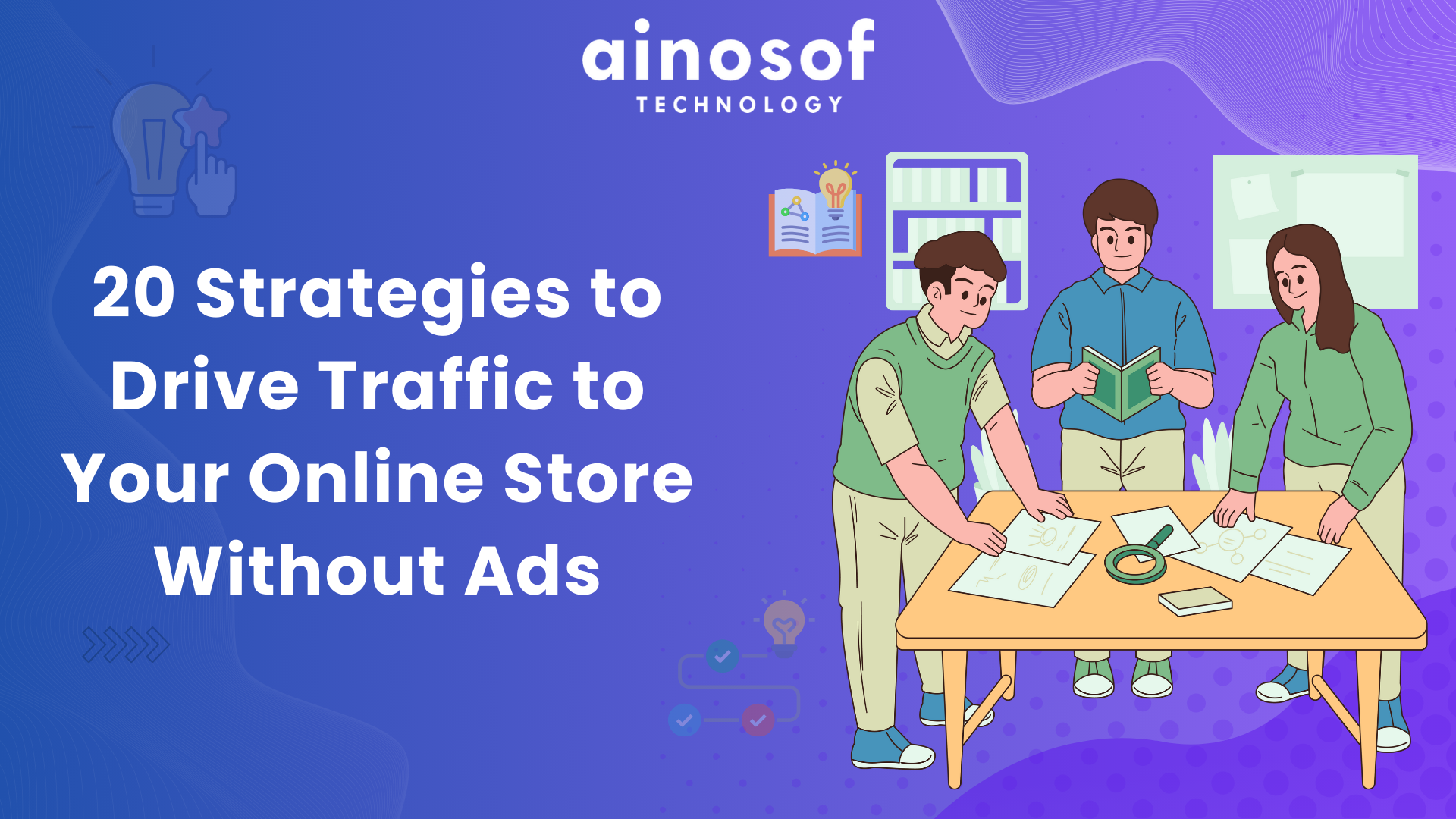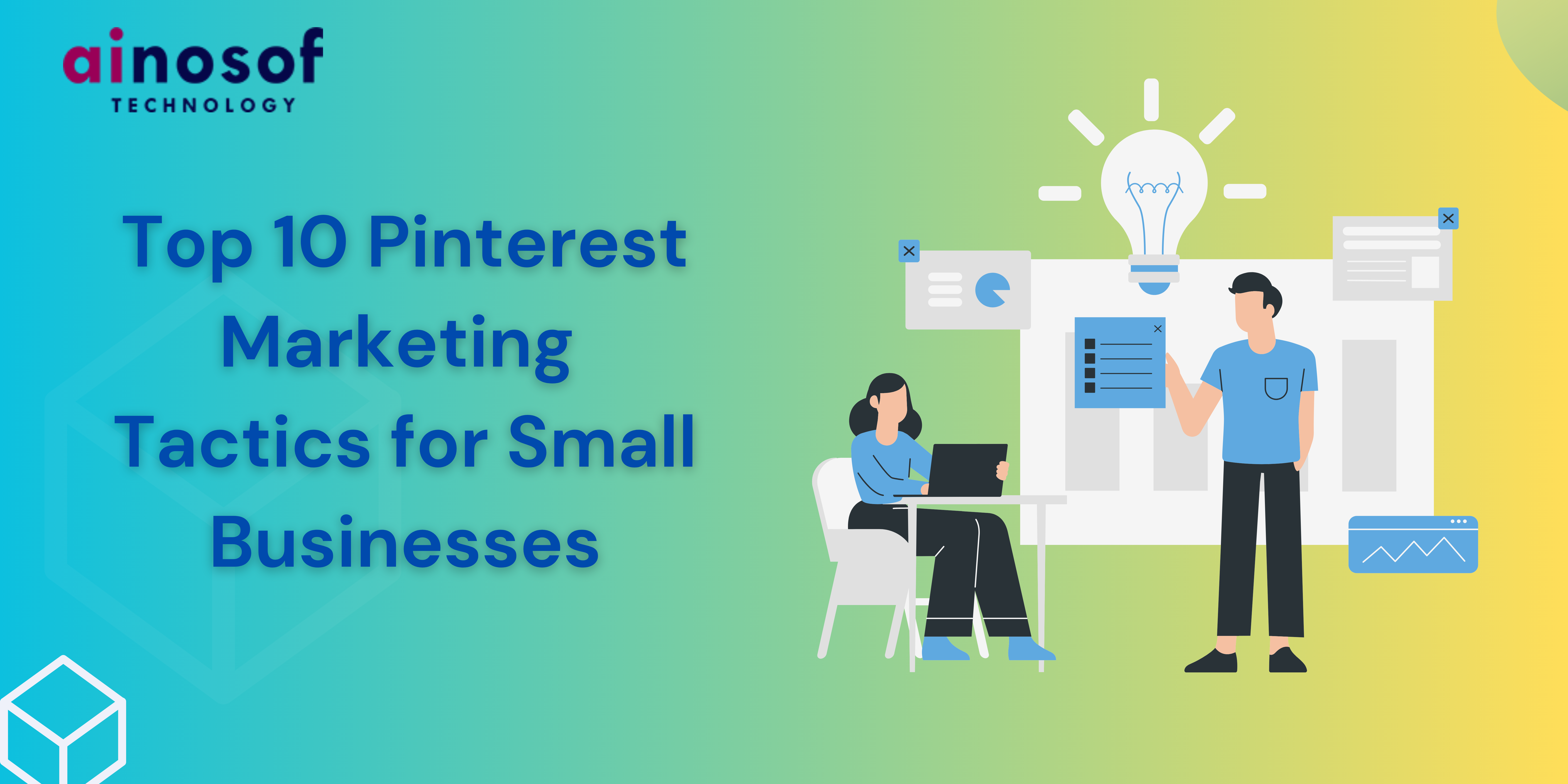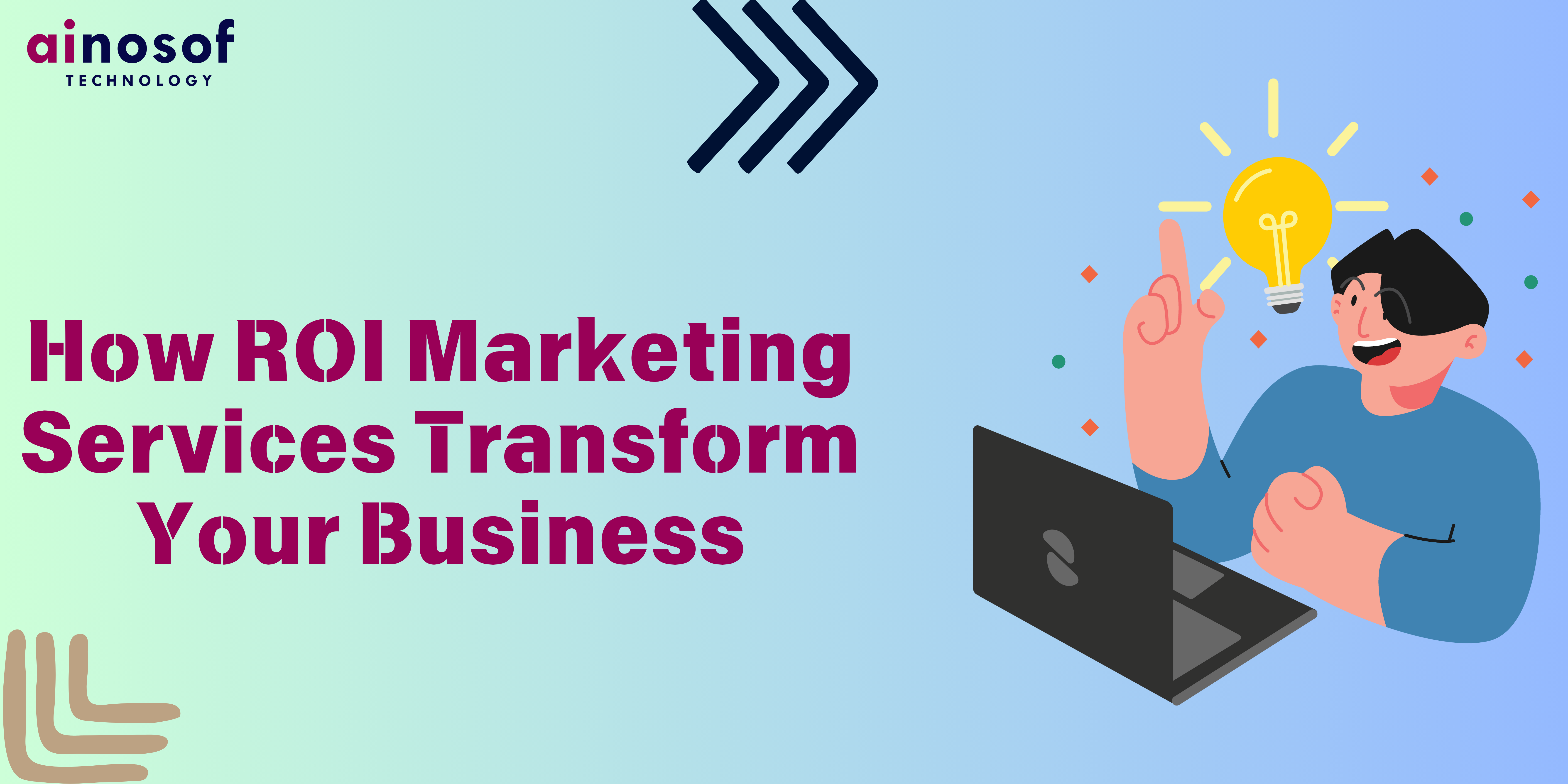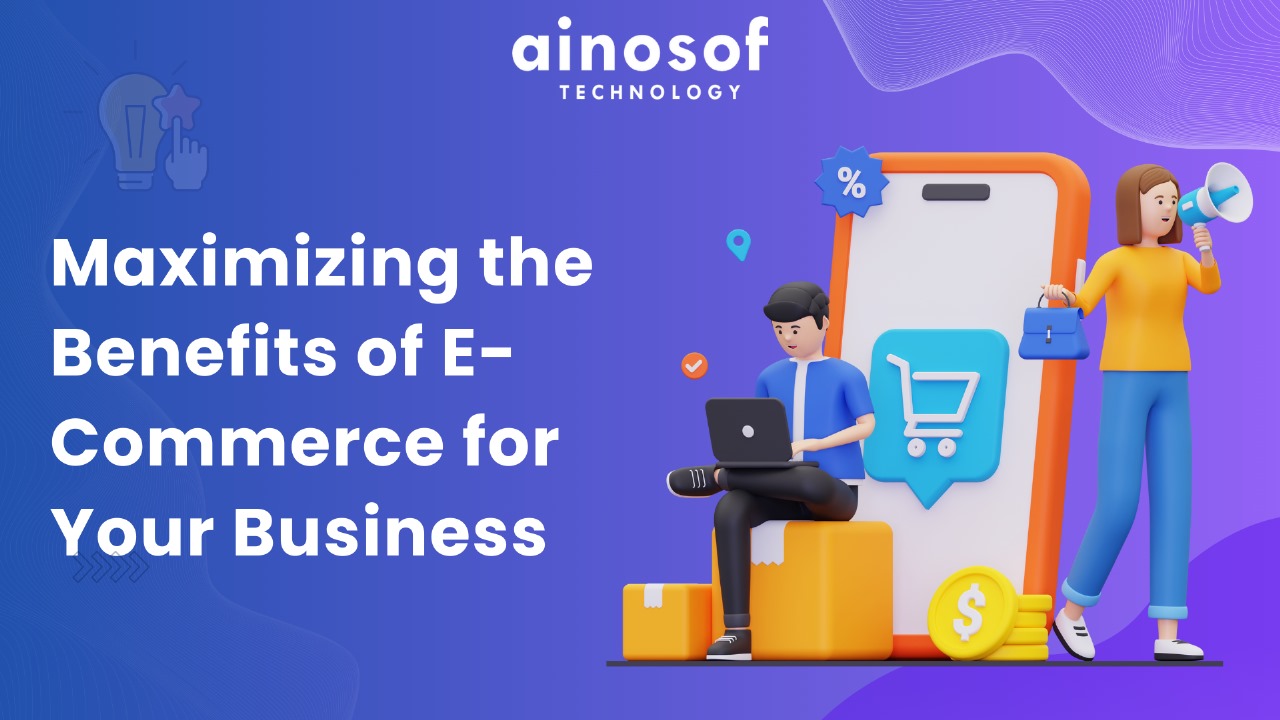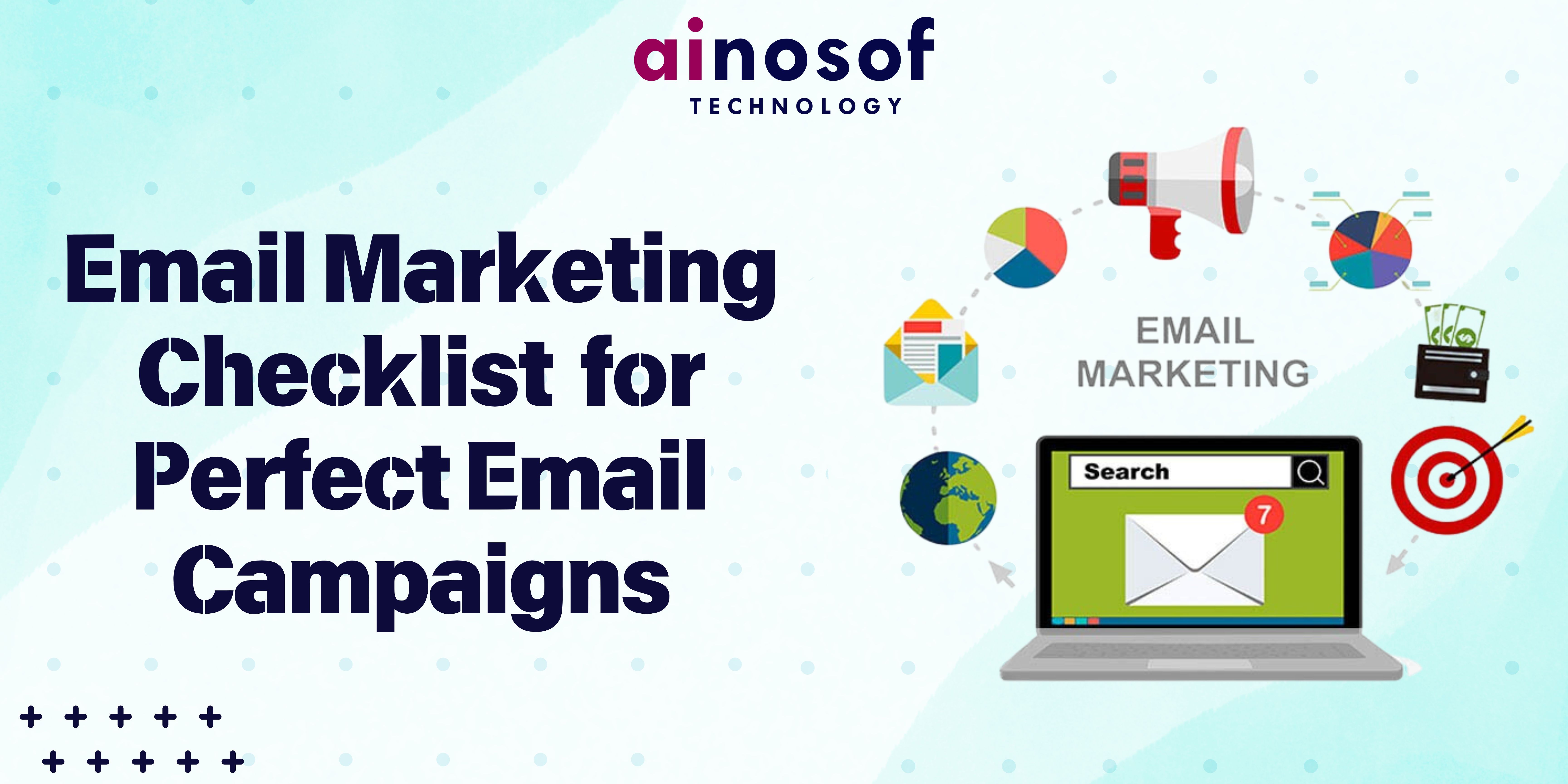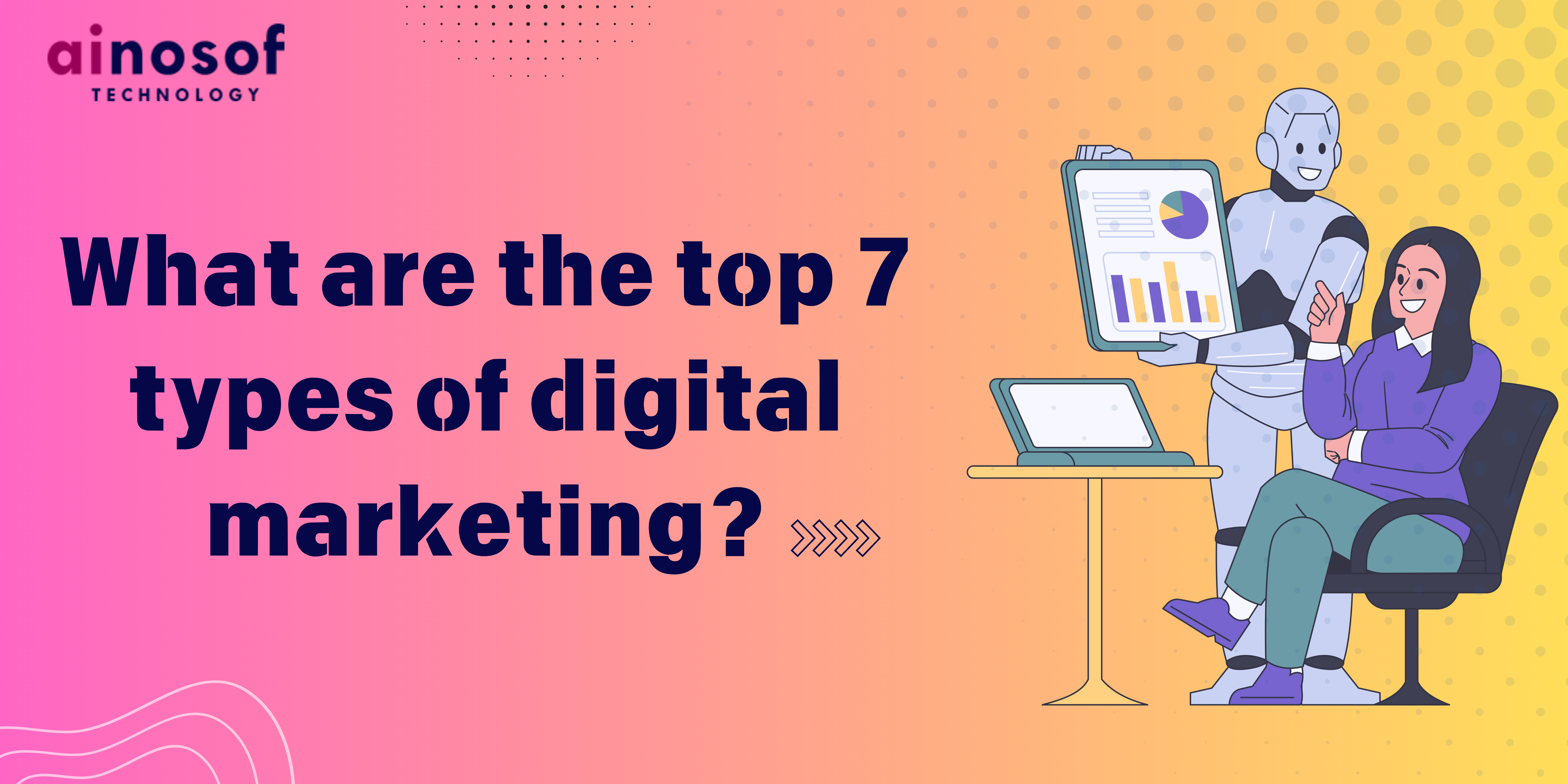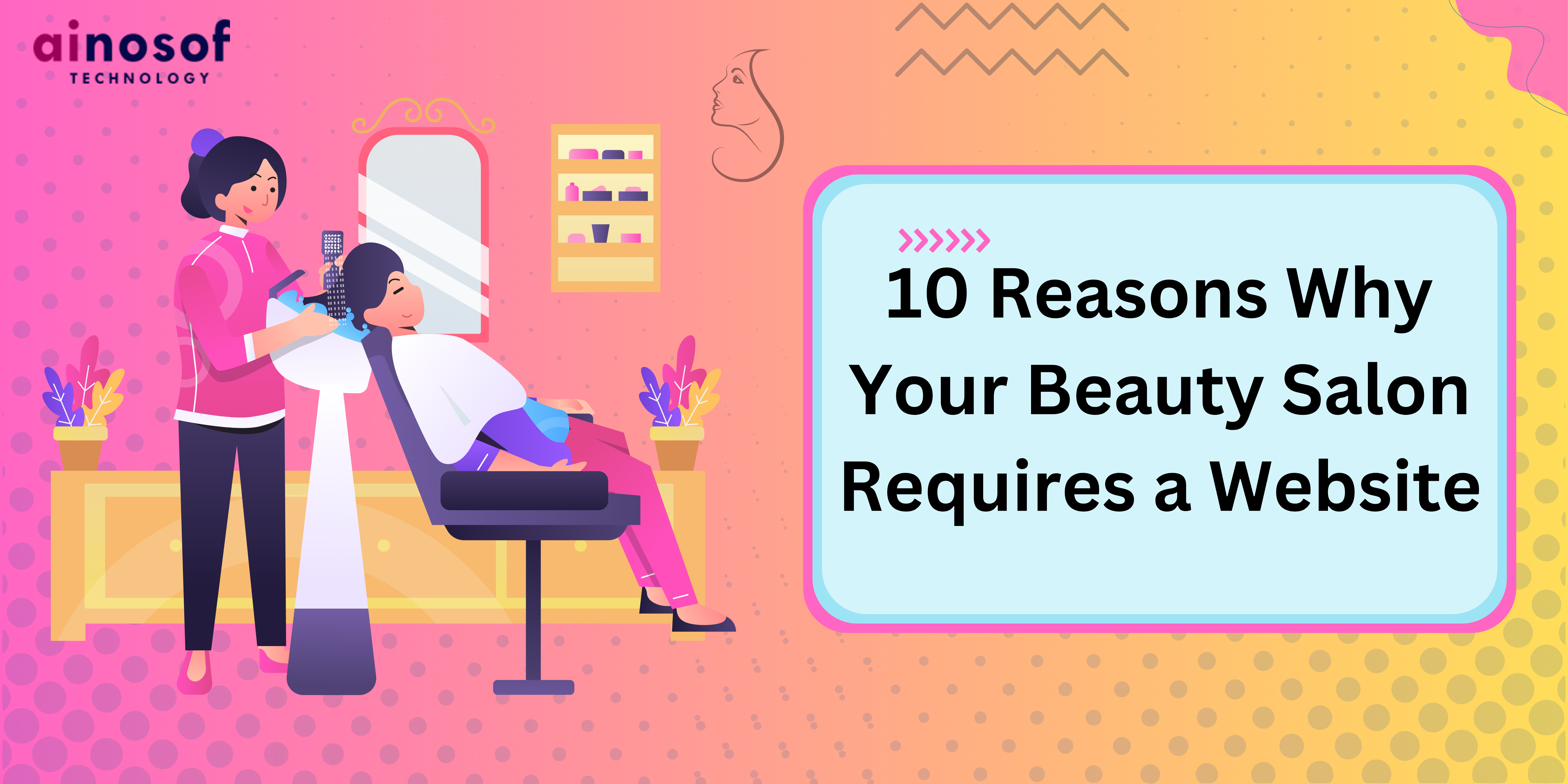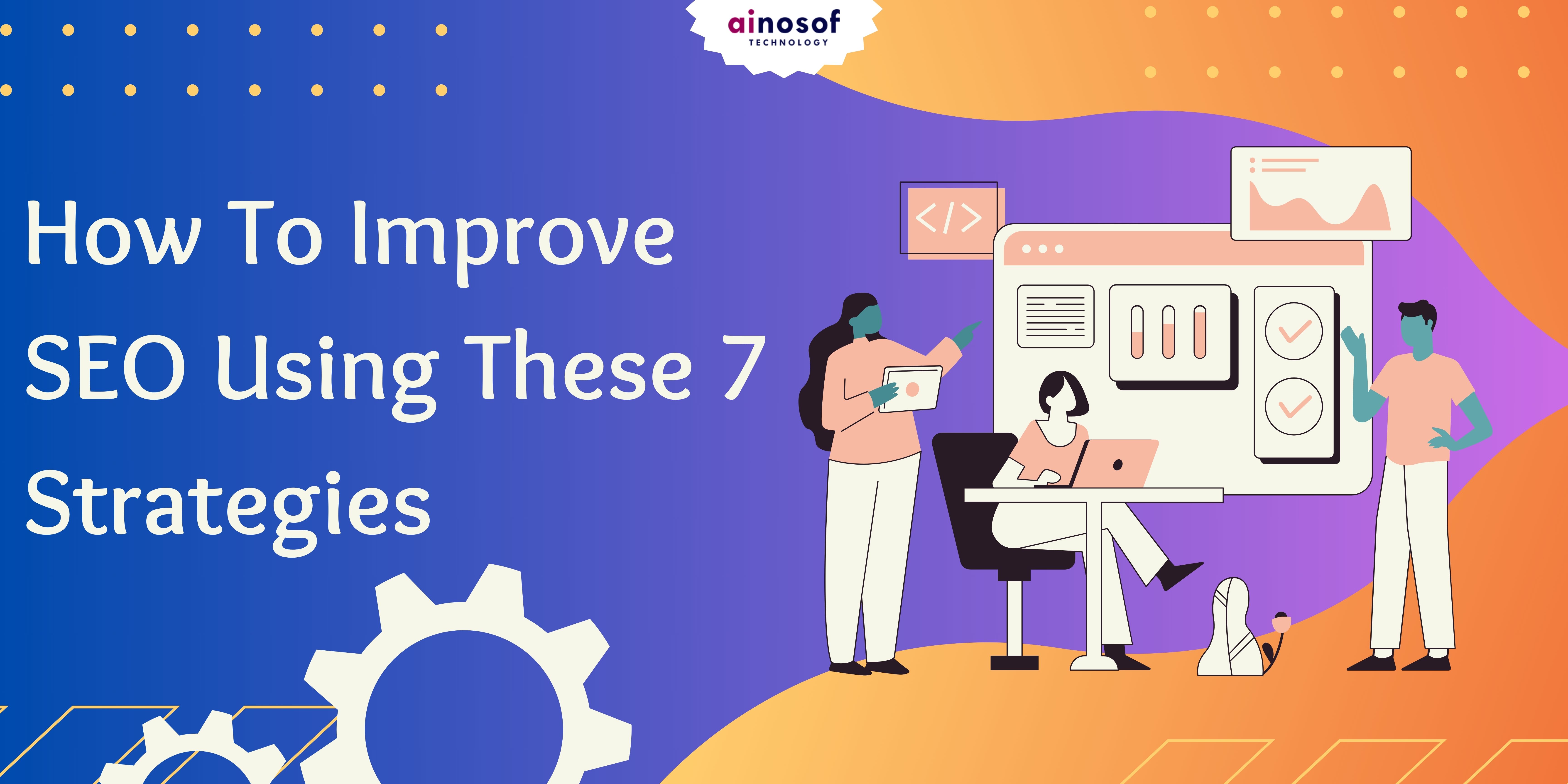When you operate an e-commerce store, you will eventually need to market it.
And do you know one of the most common strategies to obtain rapid traffic? Ads. Google, Bing, and social media networks all have them, and they're a tried-and-true method of driving targeted traffic to your website.
But what if you don't have a budget for advertising? Then you'll need to learn alternative techniques to increase visitors to your online store, and there are lots of options.
Today, I will discuss 20 e-commerce techniques to increase traffic to your website without spending any money on paid advertising.
Here are 20 effective strategies to boost traffic to your online store without relying solely on advertising:
-
Improve Search Engine Optimization (SEO):
-
Keyword Research: Use Google Keyword Planner to find relevant keywords and phrases that potential clients are looking for.
-
On-page optimization: Ensure that your website's content, structure, and meta tags are optimized for these keywords. This includes incorporating relevant keywords into page titles, headers, and body text.
- Off-page optimization: Off-page optimization is creating high-quality backlinks to your website from other trustworthy sites. This can be accomplished through guest blogging, directory submissions, and social media promotion.
-
Create High-Quality Content:
- Blog posts: Regularly publish informative and engaging blog posts related to your products or industry. This can attract potential customers and establish your business as an authority.
- Product descriptions: Write detailed and compelling product descriptions that highlight the benefits and features of your products.
- Guides and tutorials: Offer valuable resources, such as guides or tutorials, to educate your audience and demonstrate your expertise.
3. Utilize Social Media:
- Consistent posting: Share your products, blog posts, and behind-the-scenes content on various social media platforms.
- Engage with your audience: Respond to comments, messages, and questions to build relationships with your followers.
- Run contests and giveaways: Encourage user participation and sharing by offering incentives.
4. Email Marketing:
- Build an email list: Collect email addresses from visitors to your website through sign-up forms or pop-ups.
- Send regular newsletters: Share product updates, promotions, and exclusive offers with your subscribers.
- Segment your list: Target specific customer segments with tailored content based on their interests or purchase history.
5. Guest Blogging:
- Write for other websites: Contribute articles to relevant blogs or websites in your industry.
- Include a link to your store: Direct traffic back to your website by including a link to your online store in your guest posts.
6. Public Relations:
- Reach out to media outlets: Pitch your products or services to journalists and bloggers who cover your industry.
- Attend industry events: Network with influencers and potential customers at conferences, trade shows, and other events.
7. Influencer Marketing:
- Partner with influencers: Collaborate with individuals who have a following in your target market to promote your products or services.
8. User-Generated Content:
- Encourage reviews and testimonials: Showcase positive feedback from satisfied customers on your website or social media.
- Run contests or challenges: Encourage users to create content featuring your products and share it on social media.
9. Local SEO:
- Optimize for local search: Include your business's address, phone number, and hours on your website.
- Claim your Google My Business listing: Provide accurate and up-to-date information about your business.
10. Video Marketing:
- Create product demos or tutorials: Showcase your products in action through videos.
- Publish videos on platforms like YouTube: Reach a wider audience by sharing your videos on popular video platforms.
11. Partnerships and Collaborations:
- Collaborate with complementary businesses: Partner with businesses that offer complementary products or services to cross-promote each other.
12. Create a Loyalty Program:
- Reward repeat customers: Offer discounts, exclusive deals, or points to encourage repeat purchases.
13. Improve Website User Experience:
- Optimize for mobile devices: Ensure your website is mobile-friendly to cater to the growing number of mobile users.
- Enhance site speed: Improve your website's loading speed to reduce bounce rates and improve the user experience.
- Simplify navigation: Make it easy for visitors to find what they're looking for on your website.
14. Offer Free Shipping or Returns:
- Incentivize purchases: Provide free shipping or returns to remove potential barriers to buying.
15. Provide Excellent Customer Service:
- Respond promptly to inquiries: Address customer concerns and questions in a timely and professional manner.
16. Utilize Social Proof:
- Display customer reviews and ratings: Showcase positive feedback to build trust and credibility.
17. Create a Sense of Urgency:
- Offer limited-time deals or promotions: Encourage immediate purchases by creating a sense of urgency.
18. Join Online Communities:
- Participate in forums and groups: Engage with potential customers and build relationships within your industry.
19. Run Contests and Giveaways:
- Generate excitement and engagement: Offer prizes or discounts to attract new customers and encourage sharing.
20. Monitor and Analyze:
- Track website traffic and conversions: Use analytics tools to measure your website's performance and identify areas for improvement.
- Make data-driven decisions: Adjust your strategies based on the insights you gain from your analytics data.
By staying on top of trends, testing new strategies, and being willing to pivot when necessary, you can ensure your online store stays ahead of the competition.
There are countless ways to drive traffic to your online store without relying on paid ads. Implementing these strategies can significantly enhance your store’s visibility and performance. Focus on what works best for your brand, continuously optimize your efforts, and you’ll see the results in increased traffic and sales.
By implementing these strategies, you can effectively drive traffic to your online store without relying solely on advertising. Remember to be patient and consistent in your efforts, as it may take time to see results.
Conclusion
Which of these 20 e-commerce ideas for driving traffic to your online store stood out to you the most? I hope you feel more prepared to increase visitors to your website now.
The most important thing to remember is that you do not have to accomplish all of these things flawlessly; you simply need to progressively adopt them to see benefits.
Determine what is currently wrong with your e-commerce store and target the results that are easiest to reach. Perhaps you simply need to read this blog on the Ainosof Technology website. Most of these techniques can be implemented right now; however, results may take some time.
